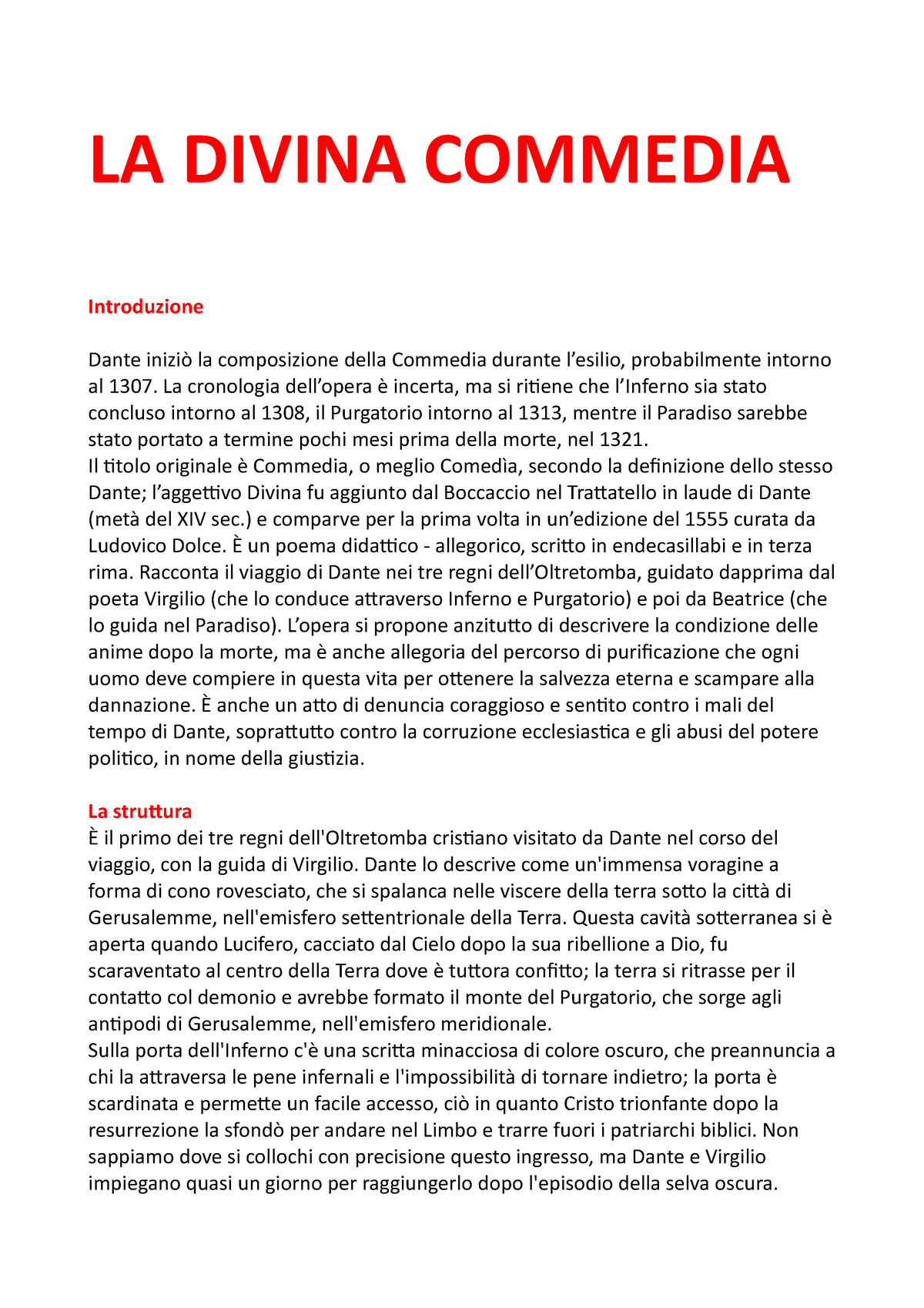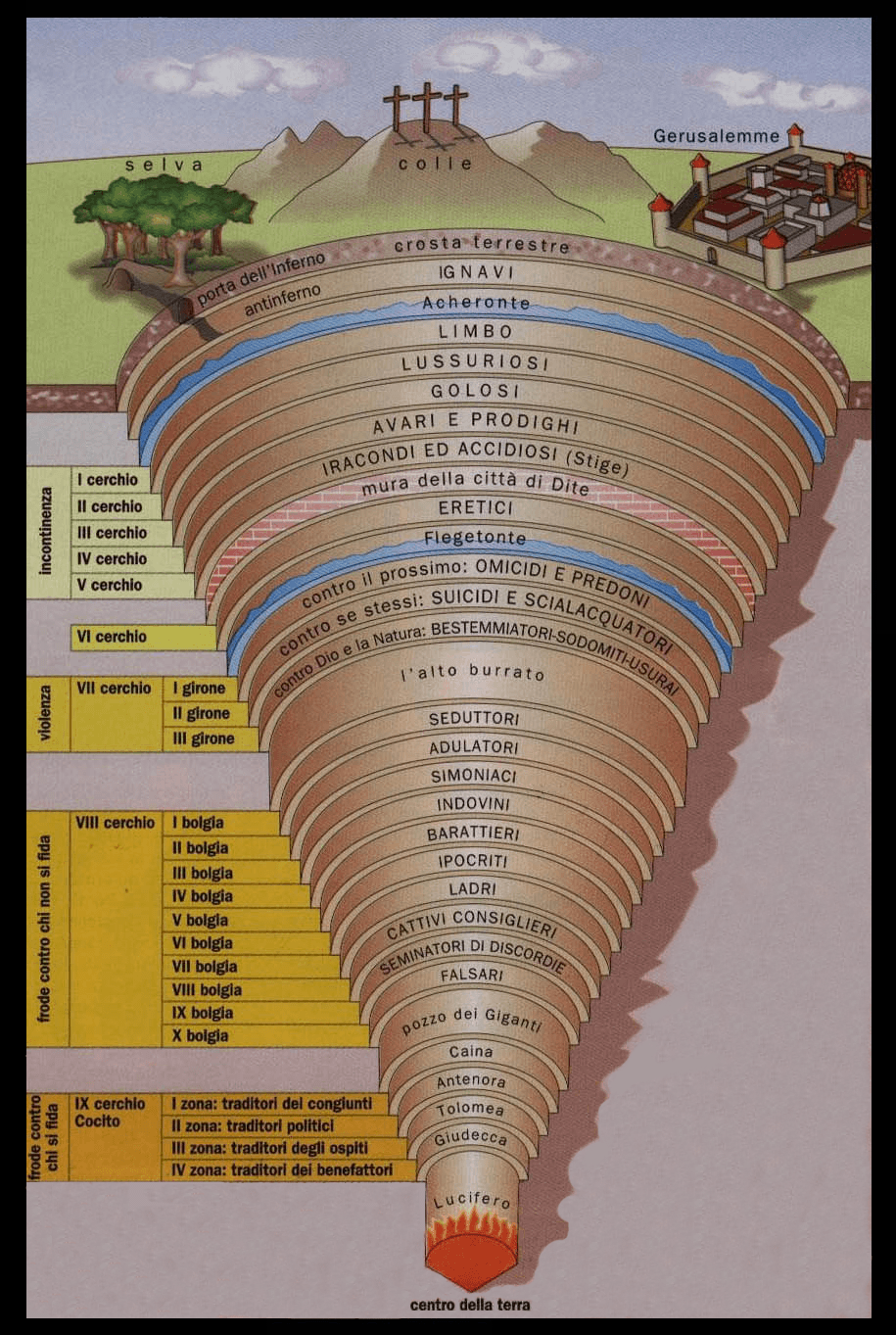

In 1882 the main part of the manuscript was added to the collection of the Kupferstichkabinett Berlin (Museum of Prints and Drawings) when the director Friedrich Lippmann bought 85 of Botticelli's drawings. Botticelli had earlier produced drawings, now lost, to be turned into engravings for a printed edition, although only the first nineteen of the hundred cantos were illustrated. The manuscript eventually disappeared and most of it was rediscovered in the late nineteenth century, having been detected in the collection of the Duke of Hamilton by Gustav Friedrich Waagen, with a few other pages being found in the Vatican Library.

The images are mostly not taken beyond silverpoint drawings, many worked over in ink, but four pages are fully coloured. The Divine Comedy Illustrated by Botticelli is a manuscript of the Divine Comedy by Dante, illustrated by 92 full-page pictures by Sandro Botticelli that are considered masterpieces and amongst the best works of the Renaissance painter. Dante and Virgil are each shown 6 times, descending through the 10 chasms of the circle via a ridge. The volume also includes tests at the end of each unit and a brief, final glossary.Canto XVIII, part of the 8th circle of Hell. The blue path presents the original text with notes that are useful for an in-depth analysis of the text and cultural references to contemporary Italy. It is aimed at intermediate level students, but can also be used as a first reading approach for advanced level students The red path provides a summary and a simplified version of the text, along with notes, to aid understanding. The units have a modular structure offering two paths of study: The volume presents 9 units which each focus on a specific canto. The volume aims to help university students of Italian, but also anyone who loves the Italian language and culture, understand and appreciate the beauty and the poetic-literary value of Dante's Inferno. La Divina Commedia per stranieri - Inferno is the first of three volumes dedicated to the most important masterpiece of the great Italian poet, Dante Alighieri.


 0 kommentar(er)
0 kommentar(er)
